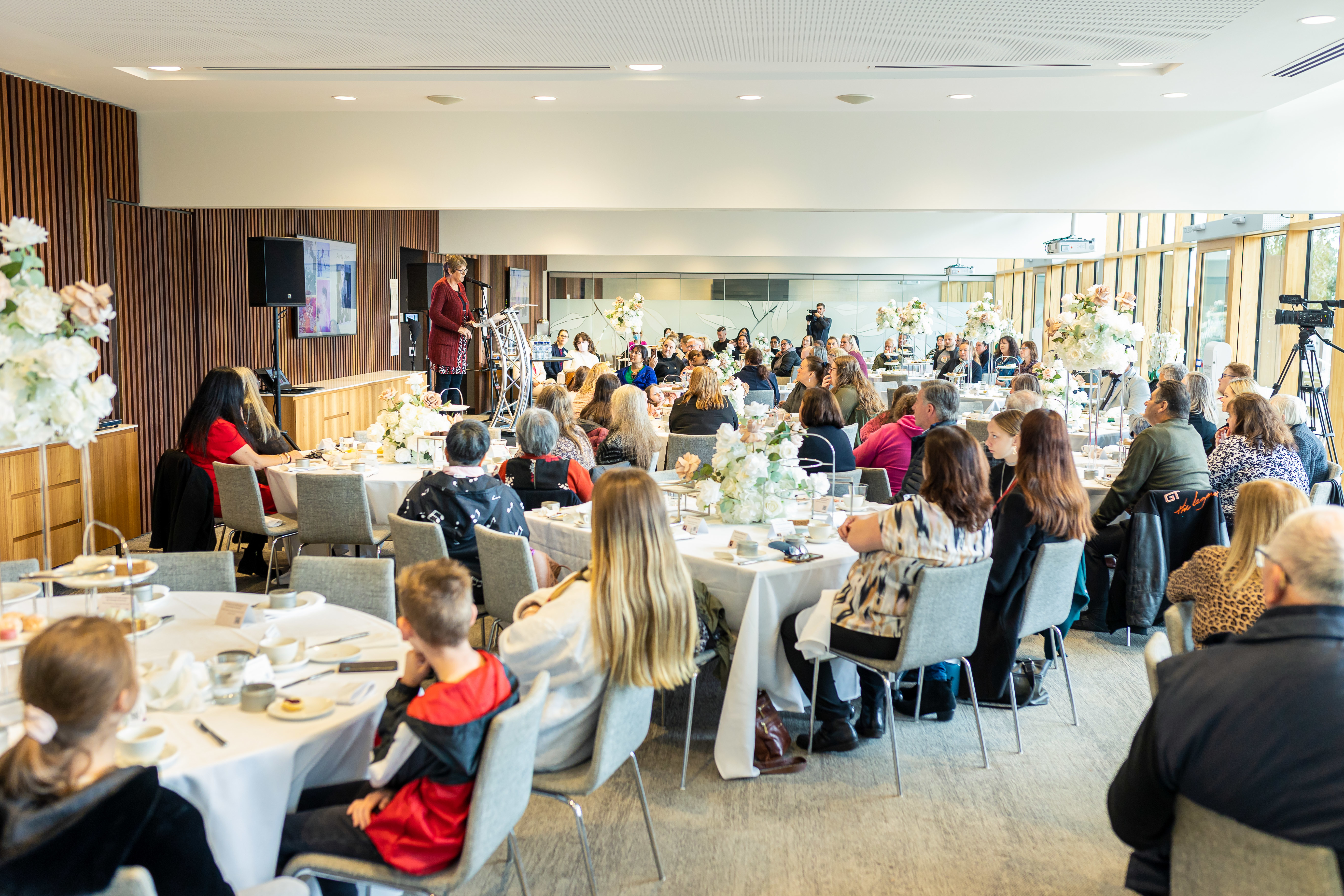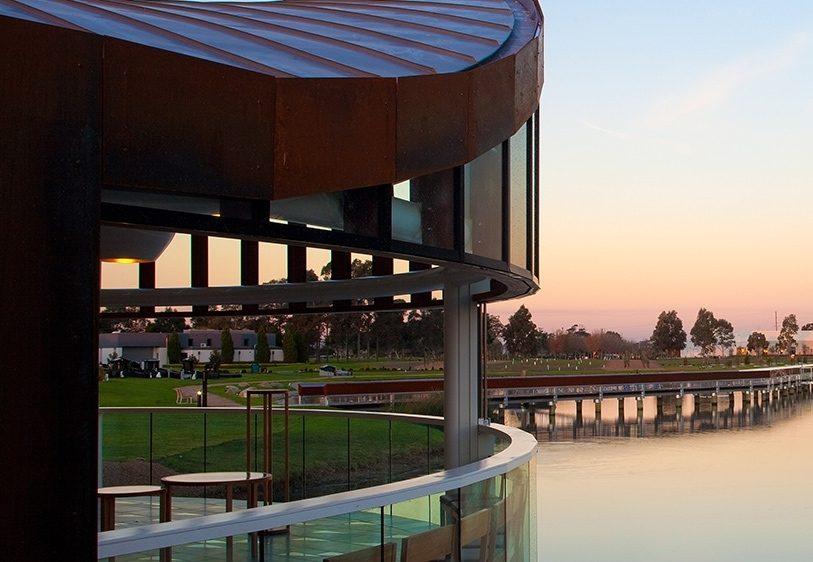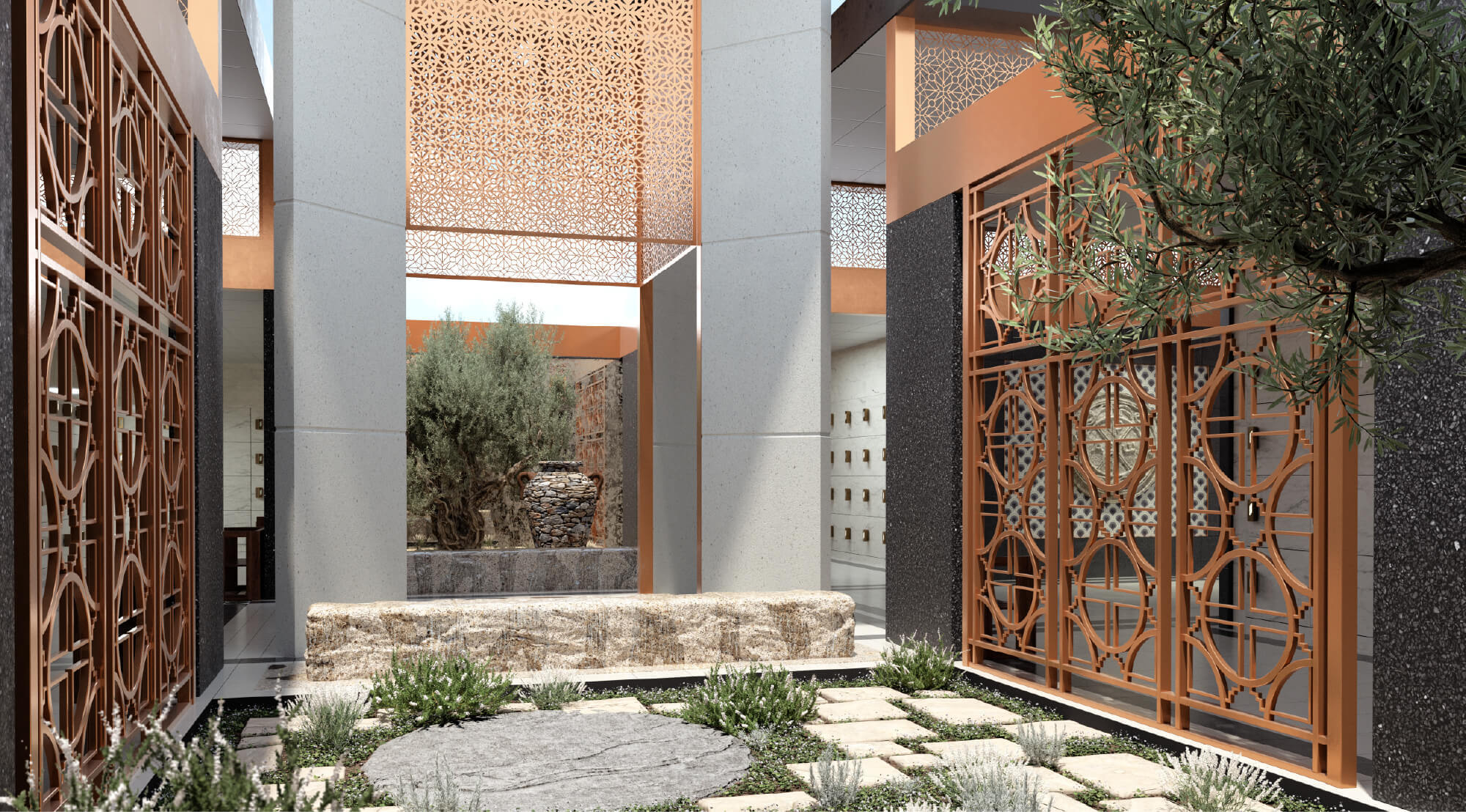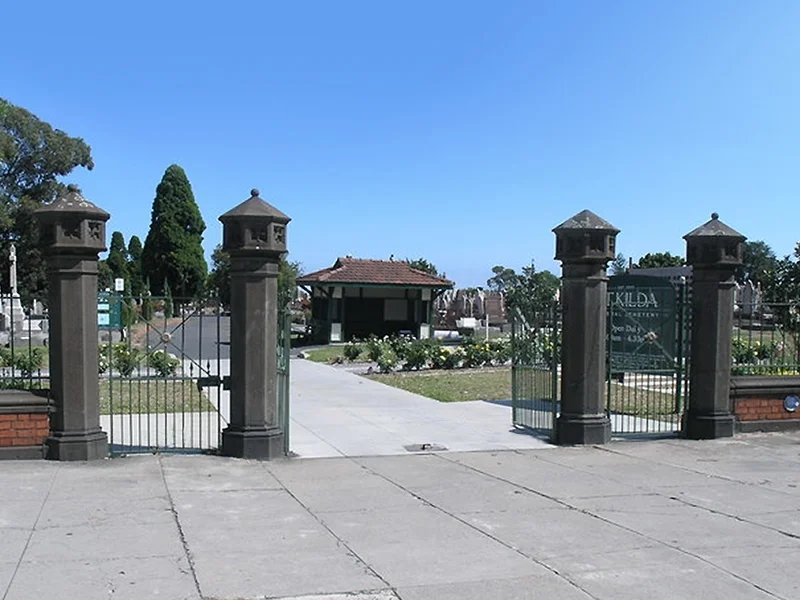Things to consider when choosing a grave or memorial site

Deciding how you want to be interred and memorialised after you die is a big choice to make. Creating an end-of-life plan can be of great comfort, not only for yourself but for your loved ones who will be charged with carrying out your wishes. This plan can also help support decision making should you find yourself in a position where your loved one has passed and did not leave instructions regarding their end of life wishes.
There are many things to consider when deciding on burial or cremation and the resulting memorial choices. Here we will cover some of the major options, as well as highlighting some aspects that you might not think of immediately that can help with making the decision a bit easier.
Will the deceased be having a cremation or burial?
One of the major things to decide upon is whether you would like to be buried or cremated. Burial allows for a permanent place in perpetuity for yourself or a loved one. There are many styles of burial, such as traditional earth burial, above ground in a mausoleum, or natural or ‘green’ burial.
Cremation allows for more flexibility than a gravesite. You can take ashes with you in an urn, scatter them in a location meaningful to the deceased or split ashes across multiple locations. Not all public places allow for scattering, however, and if you feel more comfortable with the idea of having a permanent place for visiting, ashes can be placed in a memorial site at a cemetery. We have options for cremation wall niches, memorial sites in our beautiful gardens, or you can safely scatter in our many scattering areas.
For further information, see our page on deciding between burial or cremation.

How much space will you need?
Do you want to be the only person memorialised at the site you choose? Or would you and your loved ones like to be laid to rest together? Planning to allow space for other family or community members can make things easier in the long run. Many gravesites can allow for multiple burials, or you can purchase adjoining plots or cremation niches. Planning for this all together at the same time means you don’t run the risk of neighbouring sites becoming unavailable in future.
Do you want to place flowers or a monument?
Different areas across a cemetery may have different requirements or restrictions, and you may be able to leave only certain kinds of flowers or tributes. A mausoleum may only allow artificial flowers, lawn graves may not allow vases or plastic tributes, cremation niches only flowers in an attached vase – and natural burial sites cannot accommodate flowers or tributes at all. You may also only be able to use certain kinds of headstones or monuments in certain cemetery areas. It’s important that you understand what is allowed at your desired site, not only so that you can celebrate your loved one with the headstone, flowers and tributes that best suit, but that the site remains a safe and tidy space for all cemetery visitors.

What would you like to be nearby?
We often overlook what amenities we may want nearby for visitors when choosing a grave or memorial site. Does your desired site have appropriate car parks? Can the cemetery be accessed by public transport? Are there suitable pathways and benches for those with access needs, or do you need to be in close proximity to water taps in order to perform important cultural rituals such as tomb cleaning? Arranging a site with these kinds of amenities in mind can take much additional stress out of the grieving process for future visitors.
Now you have all these questions to consider, what next? You can book a consultation to discuss your needs with one of our friendly and caring staff members who will be able to guide you through the process of securing the perfect site.
Need further help? We have ideas on how to commemorate loved ones who have decided to be cremated, and how to go through the process of collecting cremated remains.





